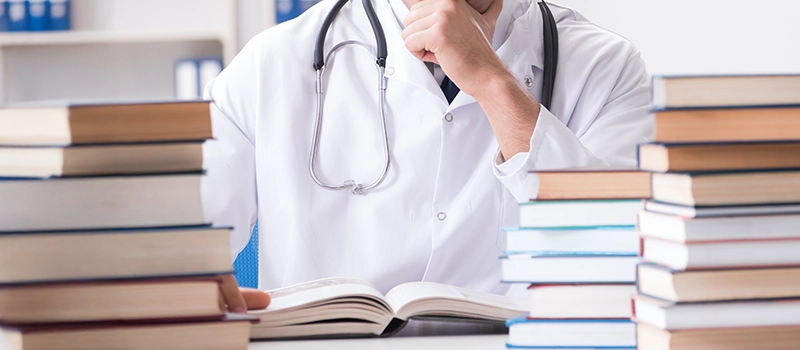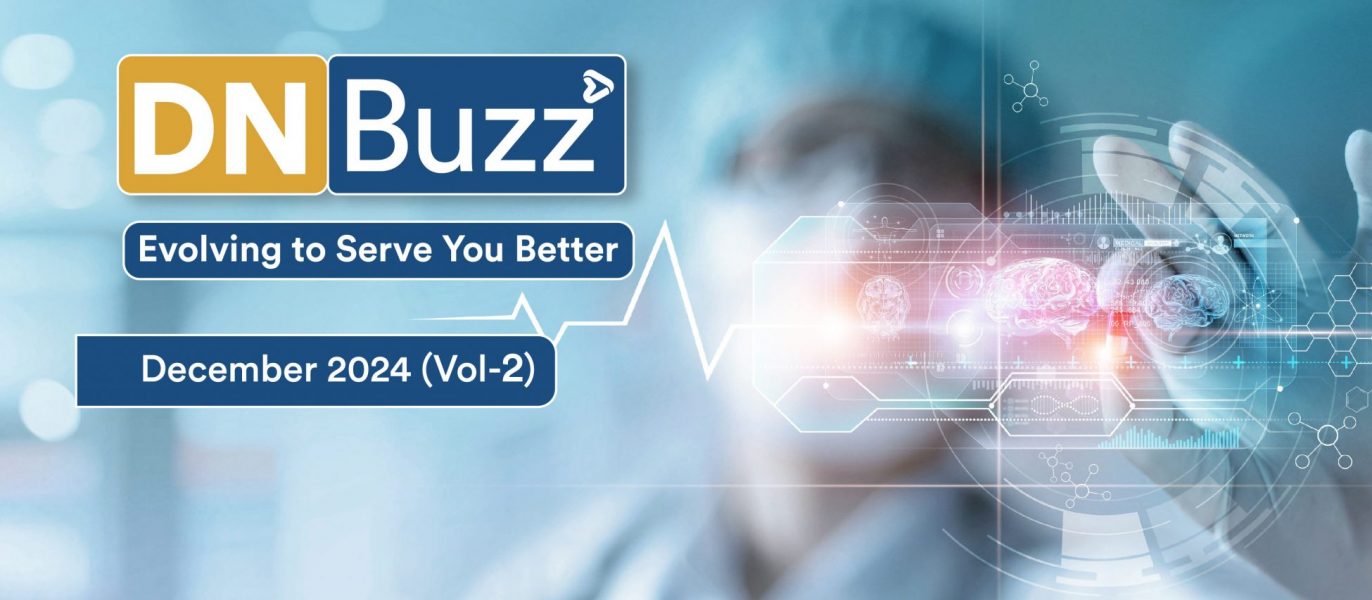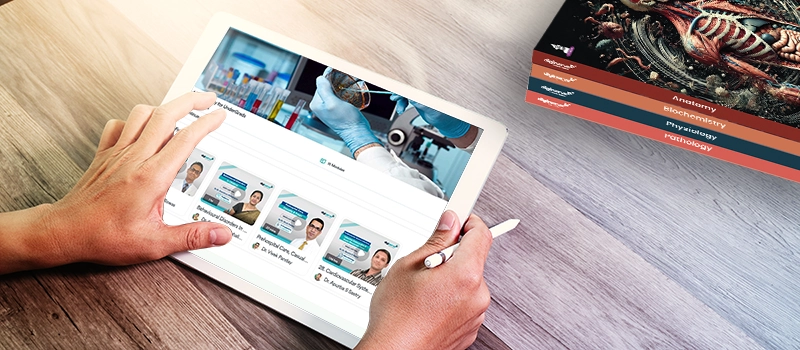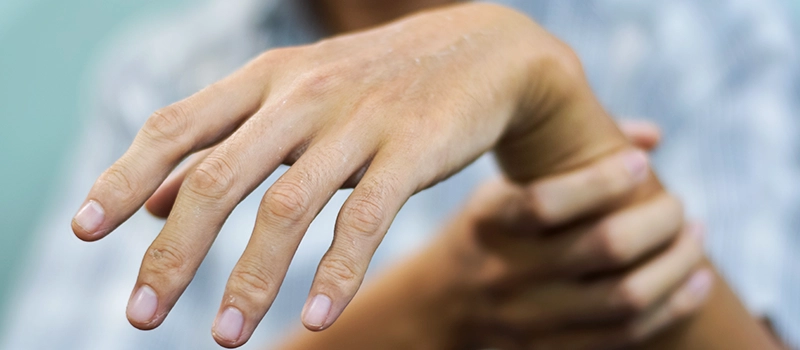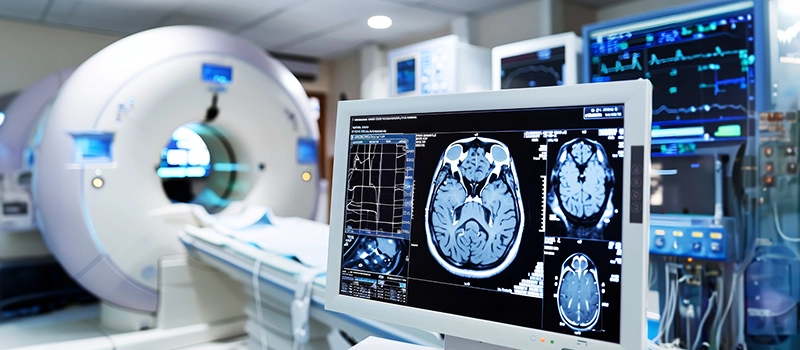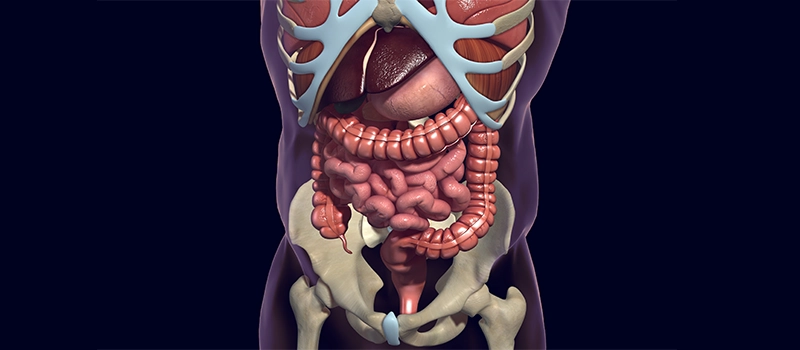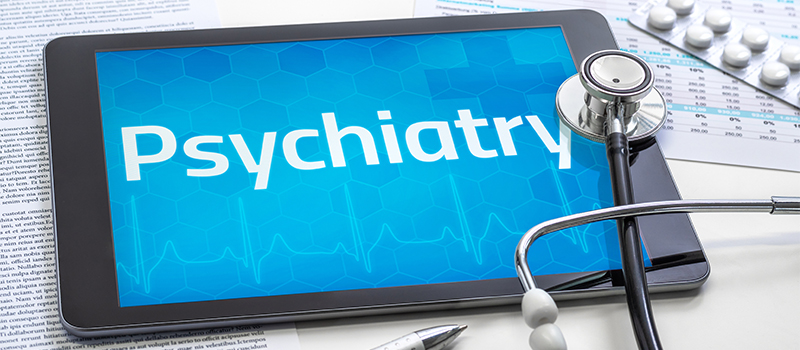
Important Topics for Anatomy in MBBS
First-year subjects are a foundation for the journey of becoming a doctor. Hence, every medical student should have a clear understanding of these subjects. As an undergraduate fresher, you must go through the examination pattern and important topics of the first-year subjects.
Anatomy is a vast and highly volatile subject included in the first year of the MBBS. The subject provides comprehensive knowledge of the body systems and structures including the disposition, microscopic, interrelationship, developmental, functional, gross, and applied anatomy.
MBBS Prof Exam Pattern
From the 2019 batch onwards, the Anatomy prof exam comprises two theory papers of 100 marks each and a practical examination of 100 marks. The theory exam consists of short answer questions, long answer questions, and application and case-based questions. The practical examination includes practical/clinical and viva.
Recommended books for Anatomy include Self-Assessment and Review of Anatomy, BD Chaurasia’s Human Anatomy, and Gray’s Anatomy for Students.
Subject Weightage in NEET-PG and INI-CET
The Anatomy subject in NEET-PG carries a weightage of about 10-15 questions whereas the INI-CET exam carries a weightage of around 10 questions.
The ideal way of preparing for the NEET-PG and other competitive examinations is to plan a preparation strategy that balances between low and high-weightage modules and subjects.
Important and High-yielding Topics of Anatomy for MBBS Prof Exams, NEET-PG, and INI-CET Entrance Examination
Histology:
- Types of epithelium
- Derivatives of different types of epithelium
- Thyroid and Parathyroid
- Adrenal gland
- Thymus
- Liver histology
- Uterus histology
- Microcirculation diagram of kidney
- Karyotyping
- Down syndrome
- Cryptorchidism
- Elastic artery
- Serous salivary gland
- Compact and Cancellous bone
- Spinal cord
- Lymph node
- Parotid salivary gland
- Thin and Thick skin
- Goblet cells
- Stave cells
- Sweat gland
- Mast cells
- Orcein Stain
Neuroanatomy
- Cavernous sinus
- Nerve supply
- Arterial supply
- Venous drainage of any region
- Sciatic nerve
- Saphenous vein
Upper limb and Lower limb
- Brachial Plexus
- Axillary artery
- Dermatomes of upper and lower limb
- Arches of foot
- Muscles of the sole
Abdomen
- Perineum
- Urethra
- Ureter
- Pudendal canal
- Spermatic Cord contents
- Rectum‐Anal Canal anatomy
Thorax
- Blood supply
- Subclavian artery
- Diaphragm with embryology
- Lung hilum
- Broncho vascular segments of the lung
Embryology
- Derivatives of individual ridges
- Neural crest derivatives
- Branchial arches derivatives
- Congenital abnormalities
- Cleft lip
- Germ layers
- Development of placenta
- Annular pancreas
- Polycystic kidney
- Imperforate anus
- Rotation of midgut
- Ectopic pregnancy
- Descent and undescended testes
- Ectopic pregnancy
- Hemorrhoids
- Tracheoesophageal fistula
- Pain over the umbilicus in appendicitis
- Esophageal varices
- Placental pravea
- Congenital anomalies of kidney
- Varicose veins
- Annular pancreas
- Tetralogy of Fallot
- Development of RA
- Development of interatrial septum and anomalies
- Polycystic kidney
- Horseshoe shaped kidney
- Imperforate anus
- Development of pancreas
- Rotation of midgut
Osteology
- Types of joints
- Sphenoid bone
- Orbital bone
- Lateral wall of nose
- Middle ear anatomy
- Skull bones
- Type of switchers
Reproduction
- Results of fertilization
- Fertilisation and implantation
- Abnormal sites of implantation
- Spermatogenesis
Joints
- Knee joints – locking unlocking, ligaments, capsule, menisci
- Ankle joint
- Hip joint – relations and ligaments
- Temporomandibular joint
Important Derivatives
- Derivatives of midgut
- Derivatives of the mesonephric duct
- Derivatives of paramesonephric duct
- Derivatives of secondary yolk sac
- Derivatives of ectoderm
Important Diagrams
- Sensory nerve supply of face
- Ts of brainstem at lower level of pons
- Ts of midbrain at level of superior and inferior colliculus
- Ts of medulla at level of sensory decussation
- Ts of medulla at level of pyramidal decussation
- Lateral wall of nose
- Floor of 4th ventricle
- Digastric triangle- boundaries, contents
- Brachial plexus
- Horizontal Sec of brain through anterior and posterior horns of lateral ventricle
- Cubital fossa
Important Long Answer Questions (for MBBS Prof Exams)
- Thyroid gland- development and anomalies, location, relation, blood supply & surgical anatomy
- Mammary gland
- Parotid- structures present within, nerve supply & relations
- Hypoglossal nerve- origin, course & distribution
- Facial nerve – origin and functional components, course, and distribution after exiting skull & Clinical features
- Soft palate
- Brachial plexus
- Larynx
- Bicep brachii
- Supinators of forearm
- Muscles participating in dorsal digital expansion of fingers
- Abductors of eyeball
- Sternocleidomastoid
- Rotator cuff
- Extraocular muscles
- Branches of maxillary artery all parts
- Cerebral hemisphere arterial supply
- Mandibular nerve – branches
Important Lobes to remember
- Urinary bladder- location, relation, nerve supply, anatomy & gross
- Duodenum – 2nd and 3rd part
- Diaphragm- origin insertion, opening & developmental basis of innervation
- Heart – blood supply, coronary sulcus & RA
- Lungs- pleural recesses, pleura & bronchopulmonary segments
- Portal vein and portocaval anastomosis
- Arches of foot
Other important questions for Prof Exams
- Axilla- boundary contents
- Muscular derivatives of 1st and 2nd pharyngeal arch
- Skeletal derivatives of 3rd pharyngeal arch
- 1st branchial arch
- Cranial nerve nuclei in somatic efferent column of brain stem
- Styloid apparatus
- Ciliary ganglion
- Otic ganglion
- Tympanic membrane
- Facial nerve- functional component
- Cubital fossa
- Supination pronation
- Cortico spinal tract
- Muscles of tongue with nerve supply
- Constituents of inferior cerebral peduncle
- Palate development
- Cavernous sinus
- Anatomical snuff box
- Dorsal column of the spinal cord and sensations conveyed by it
- Basal ganglia components
- 4th ventricle of brain
- Proprioceptive pathways
- Middle ear
- Circle of Willis
- Foramen magnum and related structures
- Commissures of brain
- Fontanelles
- Flexor retinaculum
- Spinothalamic tract
- Types of fibrous joints with examples
- Cells of connective tissue
- Parts of internal capsule
- Endochondral ossifications
- Types of cartilaginous joints with examples
- Hoarseness of voice after thyroidectomy
- Wrist drop
- Erbs palsy
- Parkinson’s disease
- Dangerous area of face
- Carpel tunnel syndrome
- Oblique facial cleft
- Winging of scapula
- Deviation of tongue in hypoglossal nerve injury
- Neural tube defects
- Thyroglossal cyst
- Structures forming nasal septum
- Speech areas of brain
- Pulled elbow
- Lumbar puncture
- Melingomyolocoel
- Potter’s tip deformity
- Movement of thyroid swelling on swallowing
- Bells palsy
- Peau’d orange
- Thyroglossal fistula
- Ape thumb deformity
- Styloid apparatus
- Supination pronation
- Cortico spinal tract
- Middle ear
- Circle of Willis
- Commissures of brain
- Fontanelles
- Flexor retinaculum
- Saphenous openings
- Superficial and deep perineal pouch
- Ant and post relations of kidney and stomach, liver, and hip joint.
- Longitudinal arches of foot
- Femoral sheath and artery and triangle
- Azygous vein
- Menisci of knee joint
- Porto-caval anastomosis
- Great saphenous vein
- Popliteal fossa boundary and contents
- Difference between ileum & jejunum
- Anal Canal
- Spermatic cord contents
- Hepatorenal pouch and clinical.
- Positions of appendix
- Varicose veins
- Thoracic duct
- Gall bladder- location, relation, nerve supply, referred pain
- Anal canal
- Hernia: Inguinal – Direct, indirect, methods to prevent, Diaphragmatic hernia, Femoral hernia
- Internal iliac artery divisions
- Femoral artery
- Superior mesenteric artery
- Profunda femoris
- Discuss methods of embalming
- Different types of bins
- Disposal of biomedical waste in DH
- Gluteus maximus
- Psoas major
- Saphenous nerve
- Diaphragmatic opening
- Sciatic opening
Frequently Asked Questions (FAQs):
Q1. What are the major topics of Anatomy in MBBS?
Ans. The important topics for Anatomy include Types of epithelium, Derivatives of different types of epithelium, Thyroid, and Parathyroid, Axillary artery, Dermatomes of the upper and lower limb, Knee joint, Sciatic nerve, Saphenous vein, Imperforate anus, Rotation of midgut, Ectopic pregnancy, Descent and undescended testes, Ectopic pregnancy, Hemorrhoids, Liver histology, Uterus histology, Saphenous nerve, Diaphragmatic opening, and Sciatic opening.
Q2. Is anatomy a subject important for NEET PG?
Ans. Yes, every MBBS subject holds its significance in the NEET-PG exam. The Anatomy subject in NEET-PG carries a weightage of about 10-15 questions.
Q3. Which are the recommended books of Anatomy for MBBS students?
Ans. The recommended books for Anatomy for UnderGrads include Self-Assessment and Review of Anatomy, BD Chaurasia’s Human Anatomy, and Gray’s Anatomy for Students.
Related post

